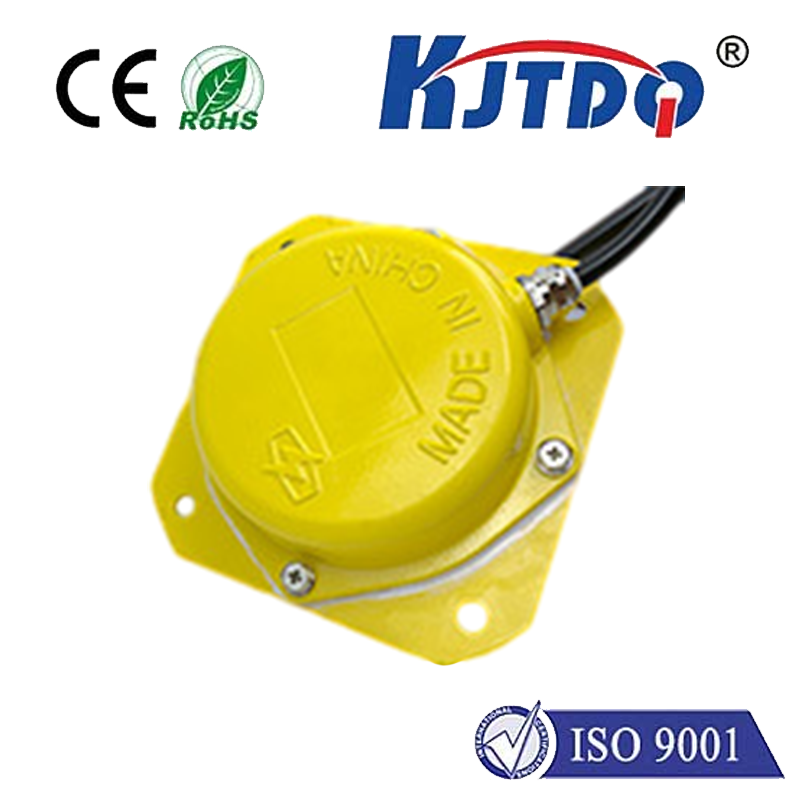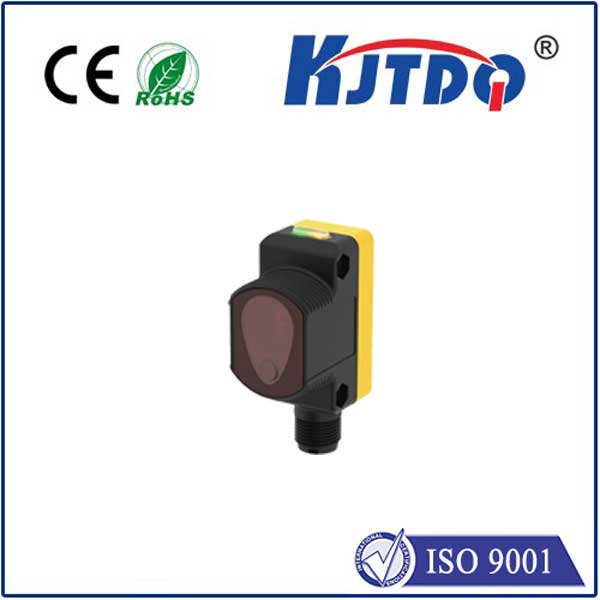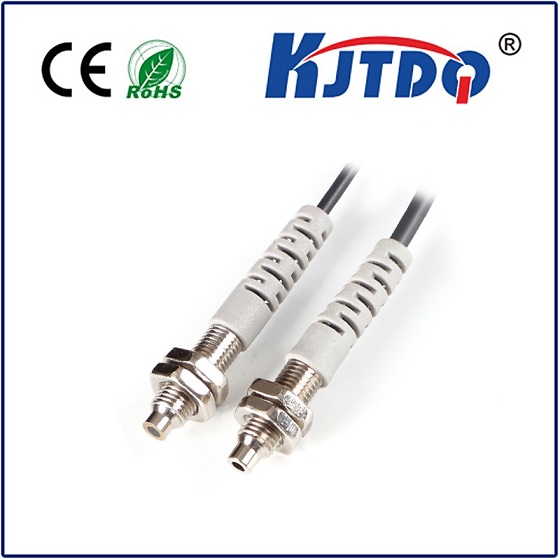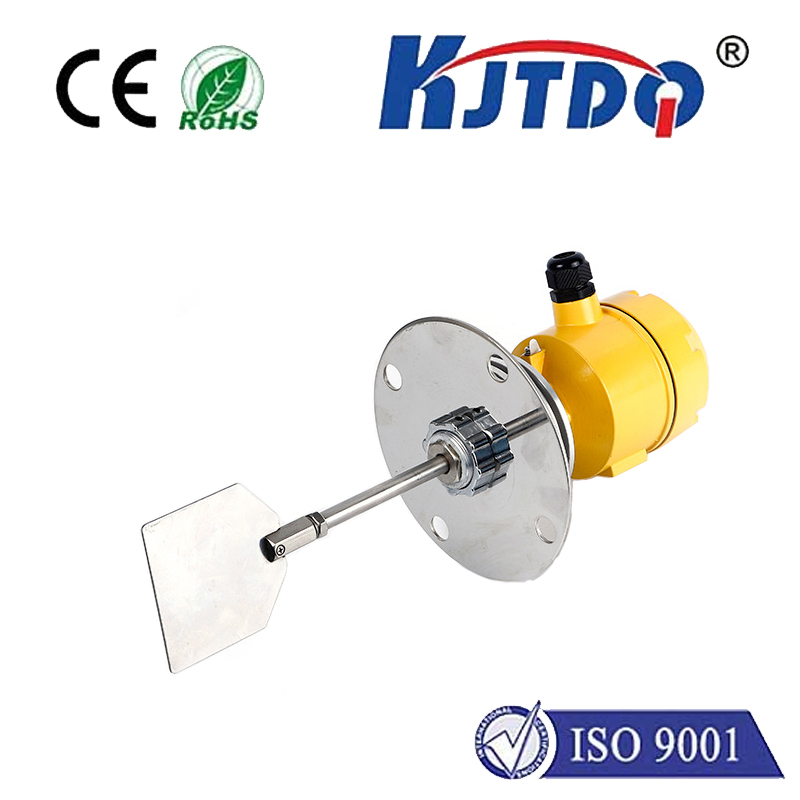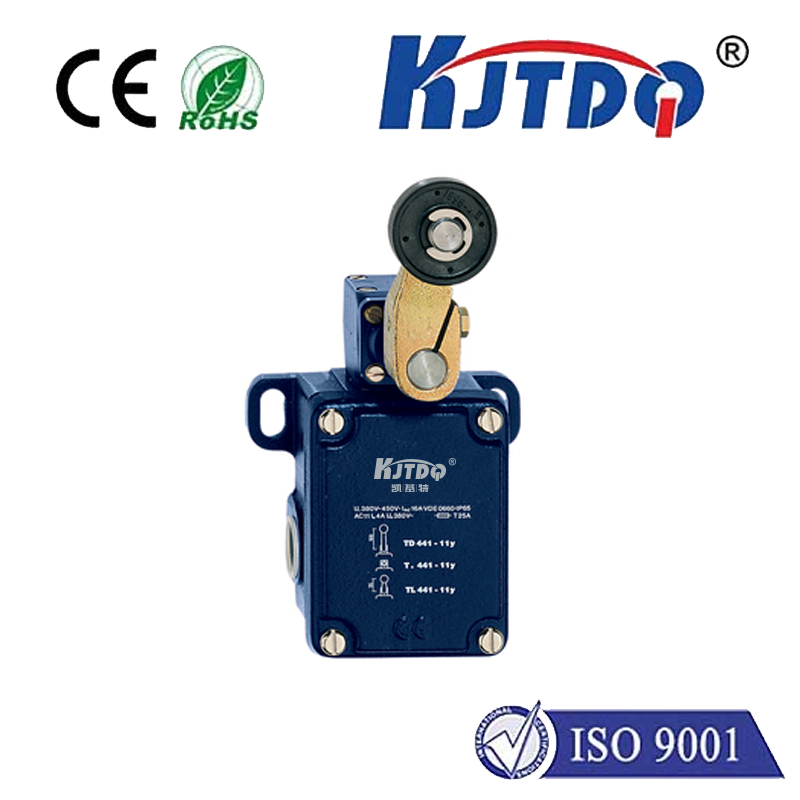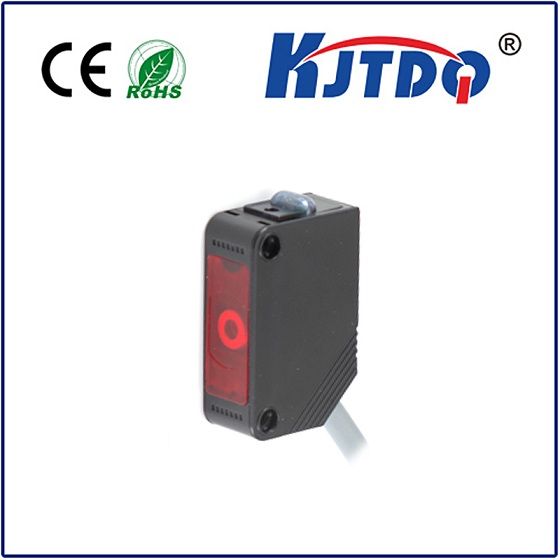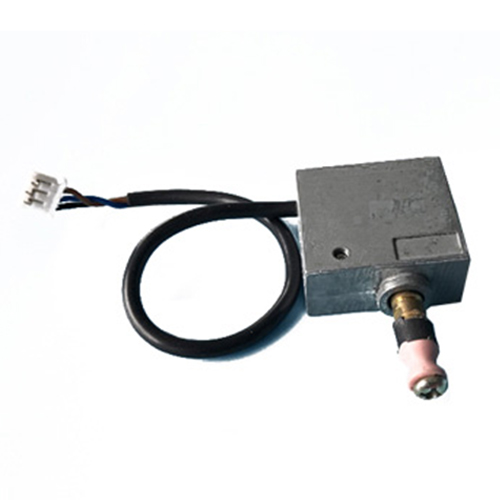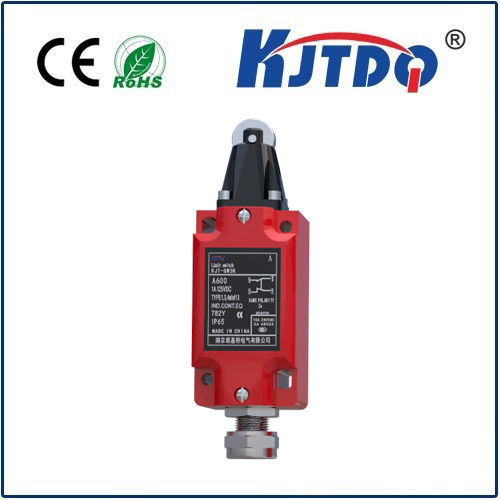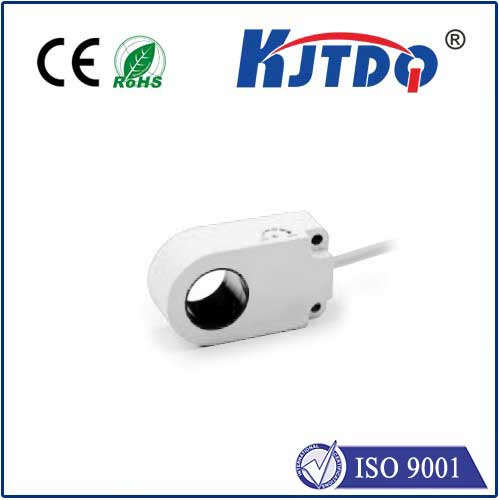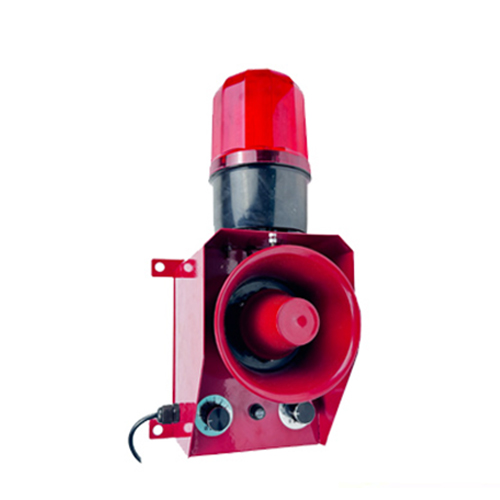

check

check

check

check

check

check

check

check

check

check
In today's rapidly advancing world, technology has become an integral part of our daily lives. From smartphones to smart home devices, proximity indicators play a crucial role in enhancing our experiences. These small yet powerful features have revolutionized the way we interact with electronic devices and have made our lives more convenient and efficient. This article will discuss the function and significance of proximity indicators in modern technology, highlighting their importance in various industries such as healthcare, transportation, and entertainment.
Proximity indicators are sensors that detect the presence of nearby objects or individuals. They can be found on many electronic devices, including smartphones, tablets, laptops, and smart home devices. These sensors use various technologies such as Bluetooth, Wi-Fi, and ultrasonic waves to determine the distance between the device and the object or individual. Once the distance is calculated, the proximity indicator sends a signal to the device's software, which then responds accordingly.
One of the primary functions of proximity indicators is to trigger certain actions based on the user's proximity to a particular object or individual. For example, when walking near a smartphone, the device may display notifications related to emails, messages, or social media updates. Similarly, in healthcare settings, proximity sensors can be used to monitor patients who are bedridden or require constant attention. These sensors can detect when a patient moves out of range and alert healthcare professionals for necessary intervention.
The significance of proximity indicators lies in their ability to enhance user experience by making devices more intuitive and responsive. By understanding the user's proximity to different objects or individuals, these sensors can trigger specific actions that cater to the user's needs. For instance, in a car, proximity indicators can help drivers stay aware of nearby pedestrians and vehicles, improving safety on the road. Similarly, in a concert venue, proximity sensors can provide information about the artist's setlist, upcoming performances, and other relevant details based on the user's proximity to the stage.
In conclusion, proximity indicators have become an essential feature in modern technology. These small sensors have transformed the way we interact with electronic devices and have made our lives more convenient and efficient. From healthcare to transportation and entertainment, proximity indicators play a crucial role in enhancing user experience and improving safety. As technology continues to evolve, it is likely that we will see even more innovative applications of proximity indicators in various industries.
